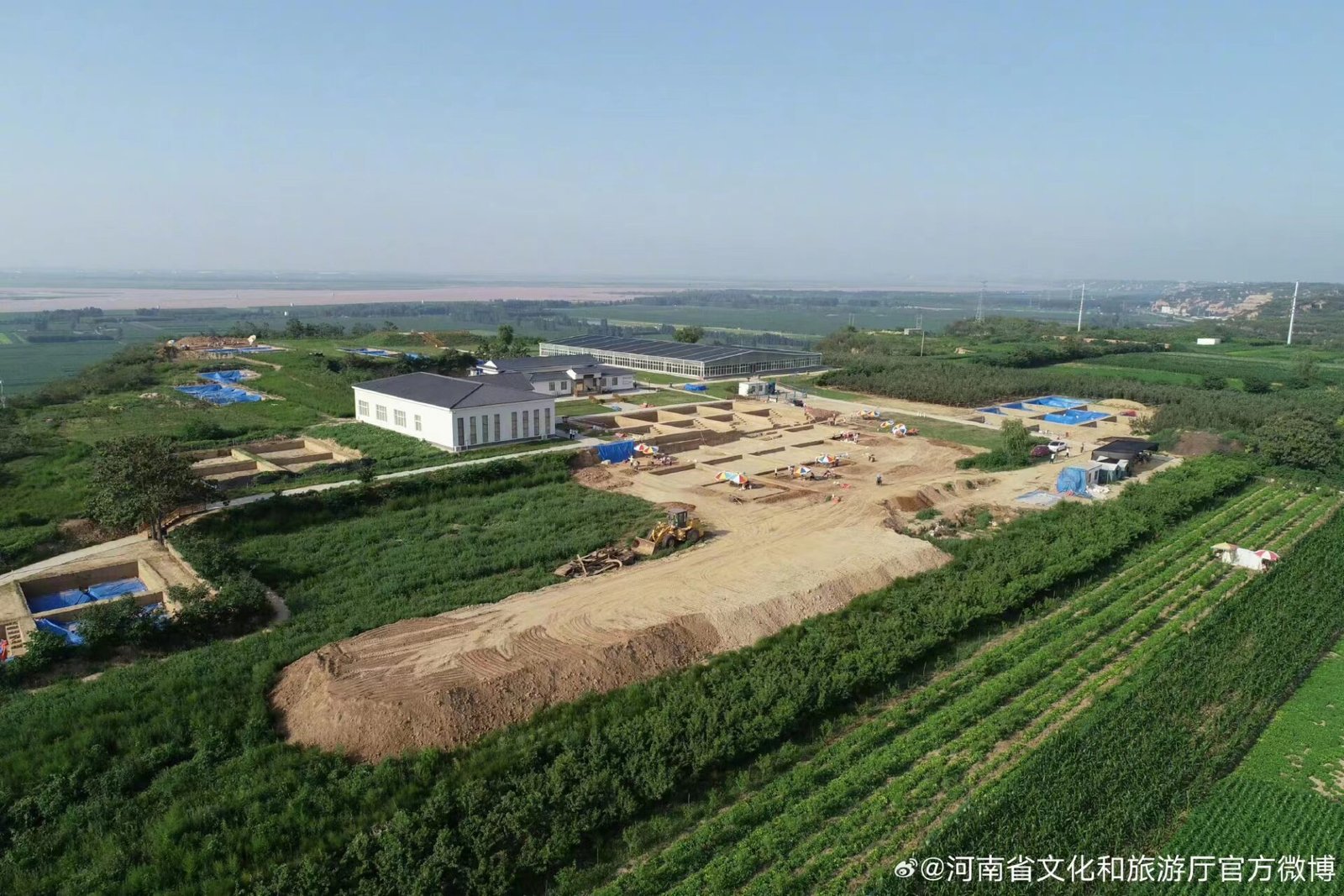Recent research on human bone remains from the Shuanghuaishu site, an archaeological treasure in Gongyi, Henan Province, has uncovered significant details about the dental health of its ancient inhabitants. The site, known as a cradle of early Chinese civilization, dates back around 5300 years and is part of the Yangshao culture, prevalent in the Yellow River’s middle and lower reaches.
A research team led by Zhou Yawei, a professor at Zhengzhou University, made a startling discovery: a remarkably high incidence of dental caries among the site’s residents. The youngest individual identified with caries was only around four years old, and an astounding seven out of ten individuals examined had this dental issue.
Archaeologist Jia Zhengyu attributes this high rate of caries to the lifestyle and dietary habits shared by the ancient people of this region. The Shuanghuaishu site’s location offered favorable natural conditions for agriculture, with warm and moist weather ideal for growing grain, particularly millet. Wang Meng, another archaeologist, highlighted that the Yangshao culture’s iconic pottery relics were designed to store and plate such foods.
The high sugar content in the staple food of millet is identified as the “major reason” for the widespread occurrence of caries. This finding not only sheds light on the dental health of ancient people but also reflects the long-standing agricultural civilization in China.
Intriguingly, the Shuanghuaishu site has yielded more than just evidence of ancient diets. Excavations have also uncovered a silkworm sculpture and fragments of silk textiles alongside scattered grains, suggesting an innovative agricultural model that combined farming with the mulberry industry. This model, which seamlessly integrated agriculture and sericulture, has been passed down through generations and is still evident in modern agricultural practices in the Central Plain region.
The Shuanghuaishu site, first discovered in 1984, is significant for its contribution to the research on the origins of Chinese cultural civilization. Spanning an area of 1.17 million square meters, it was once a capital site comprising several ancient community clusters. The artifacts and structures found at the site provide invaluable insights into early Chinese cultural beliefs, social structures, agricultural practices, and the ancient Chinese worldview.
To engage the public with the rich cultural heritage of the Shuanghuaishu site, an “archaeological field study for the public” program has been initiated. This program invites people from diverse backgrounds to participate in hands-on archaeological activities, using tools like shovels to explore the site’s history. This experiential approach aims to enhance public awareness of Chinese history and culture and foster a sense of responsibility towards protecting cultural heritage.
In summary, the Shuanghuaishu site offers a unique window into the lives of ancient Chinese people, their health, agricultural practices, and cultural beliefs. The discoveries made here continue to enrich our understanding of early Chinese civilization and its lasting impact on subsequent generations.
READ MORE:
